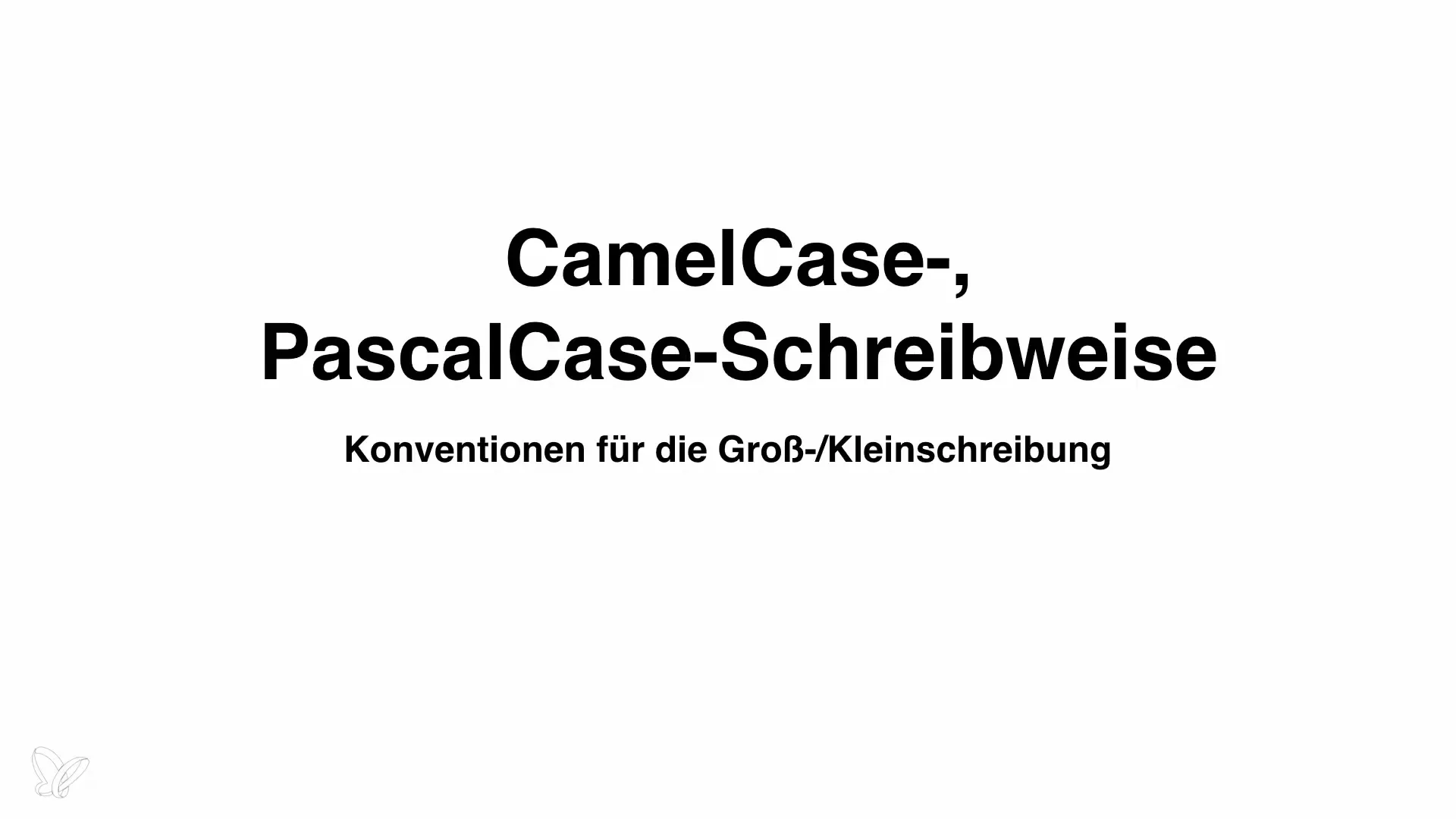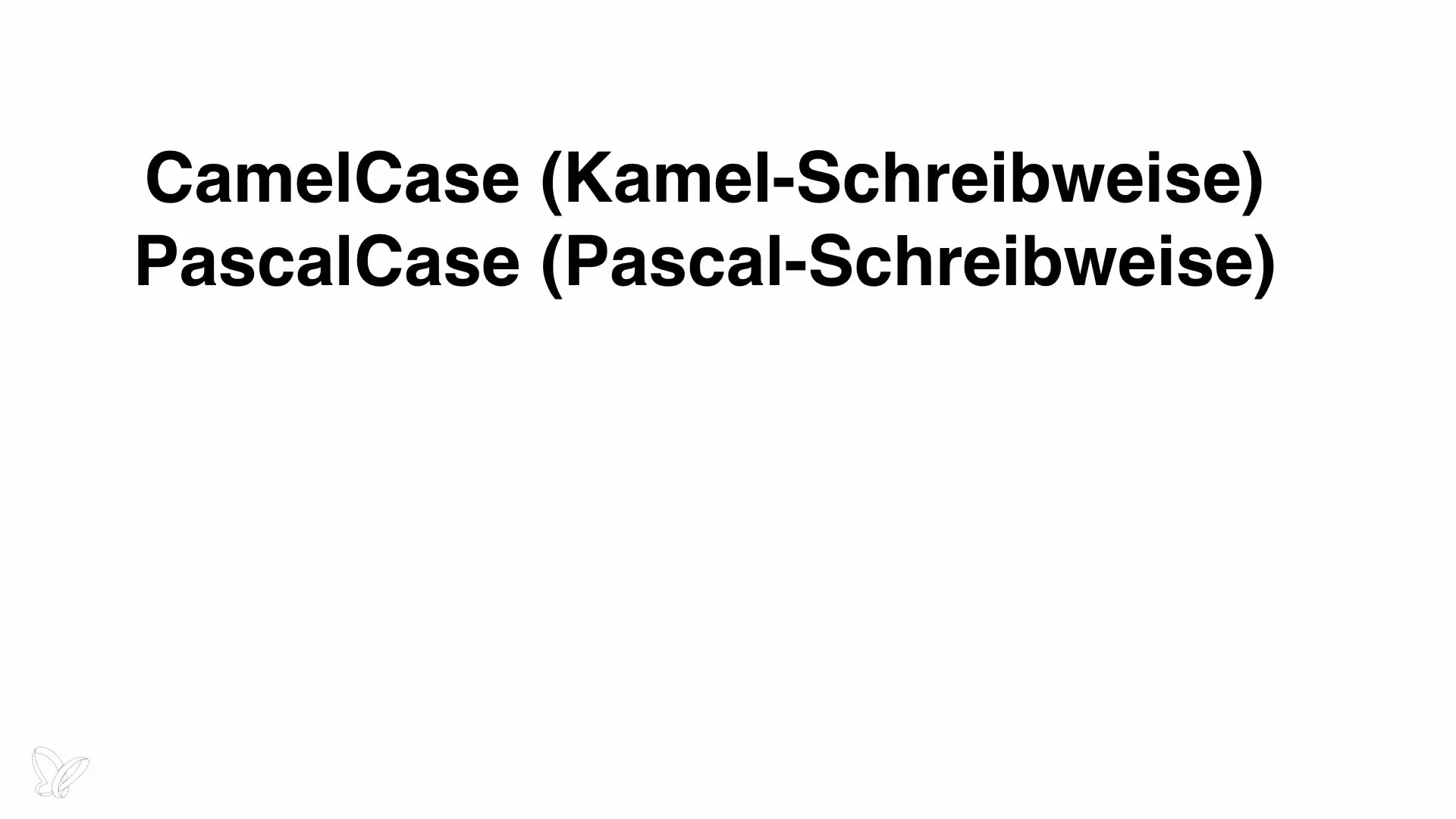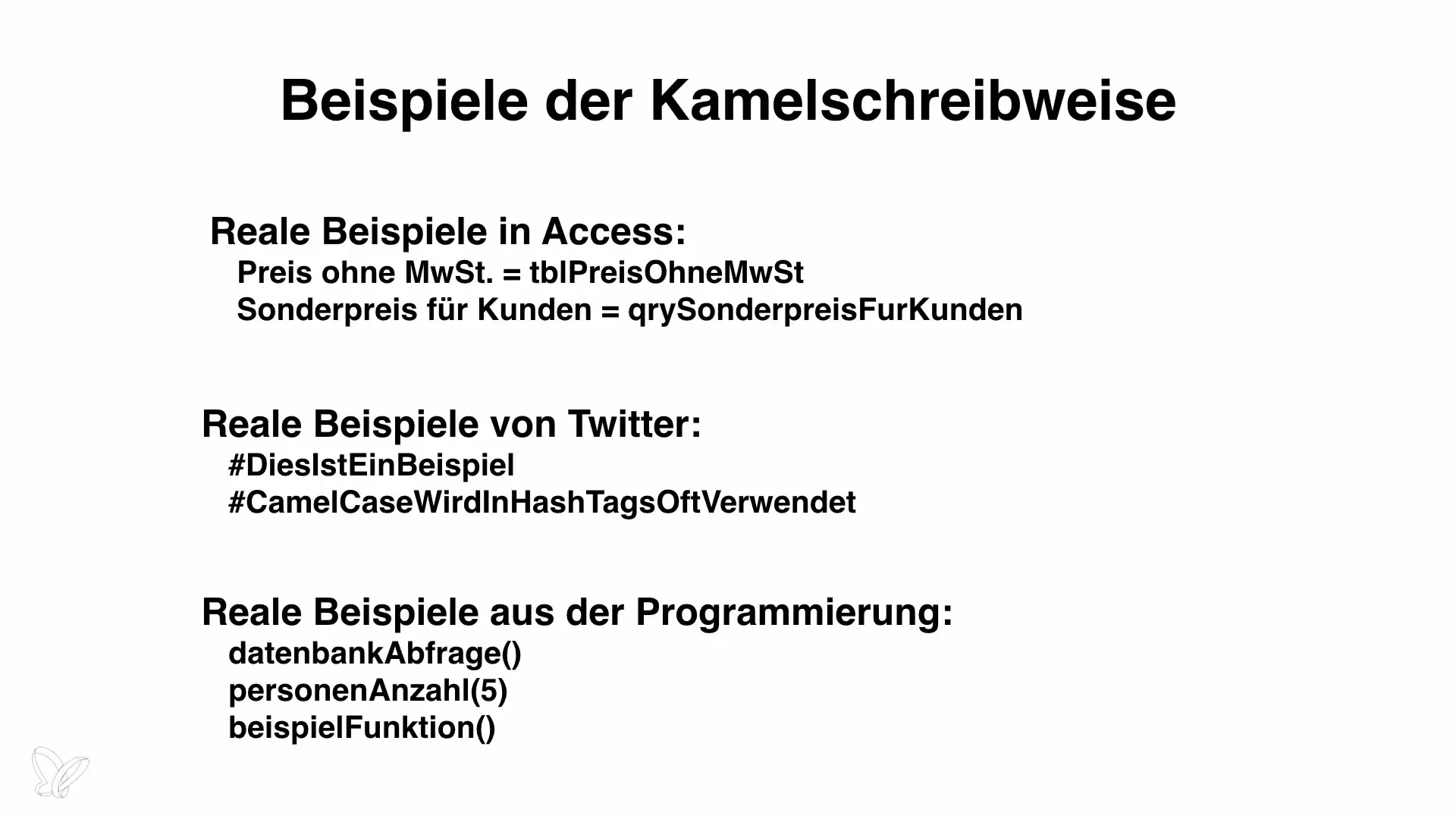The correct naming of database elements is essential for maintaining and reading your database. Among the various naming conventions, camel case and pascal case stand out in particular. These conventions help you structure names that are both understandable and functional. Below, I will describe the application of these two popular styles and their advantages in Microsoft Access.
Key Takeaways
- Camel Case starts with a lowercase letter and highlights the first letter of each subsequent word.
- Pascal Case, on the other hand, starts with a capital letter for each word.
- Both naming conventions avoid special characters and spaces, which increases readability and reduces potential errors.
Step-by-Step Guide
Introduction to Camel Case and Pascal Case
Before you start with the specific applications, it's important to understand the basics of both naming conventions. In Camel Case, the first letter of the first word is written in lowercase, while all subsequent words begin with an uppercase letter. For example: customerPhoneNumber.
In contrast, the Pascal Case starts with a capital letter for each word. For example: CustomerPhoneNumber.

Application of Camel Case and Pascal Case
The use of these conventions promotes the avoidance of special characters and spaces in names. Additionally, you should avoid using hyphens, as these could be interpreted as a mathematical minus in some programming languages, potentially leading to unexpected calculations. An example would be a field name like Customers100-200, which could cause confusion.

Improvement of Readability
Another crucial advantage of both naming conventions is improved readability. Names like customerDistancePhoneDistanceNumber are less understandable than their Camel Case and Pascal Case structured counterparts. Retaining standardized capitalization is therefore not only helpful but necessary.
Use of Hungarian Notation
If you apply Hungarian notation, you can combine camel and Pascal case effectively. For example, if you use the prefix tbl for tables, the Camel Case version would be tblCustomerData, while the Pascal Case version would be TblCustomerData. The Hungarian style helps clearly indicate what type of data is involved.
Realistic Examples
A realistic example from Access could be naming a price without value-added tax. In unicode of Hungarian notation, this would be tblPriceWithoutVAT for Pascal Case and tblpriceWithoutVAT for the Camel Case variant. The difference lies in the initialization of uppercase letters between the naming conventions.

Use in Programming
Both naming conventions are used not only in databases but also in programming. For example, a function could be written as databaseQuery in Camel Case and DatabaseQuery in Pascal Case. The reader immediately receives comprehensive information about the content of the variable or function through the clear structure.
Symbolism of the Naming Conventions
The term "Camel Case" comes from the shape of the letters that resemble the humps of a camel. This metaphor helps to remember the structure of the naming convention more easily, as the different heights of the letters can be visualized.
Summary – Camel and Pascal Case: Naming Conventions in Access
By applying Camel and Pascal Case, you optimize the naming of database elements in Access. These conventions enhance readability, reduce sources of errors, and provide a clear structure. In this guide, you have learned the basics as well as application examples of both naming conventions. Use what you have learned to consistently and clearly name your data and queries.
Frequently Asked Questions
What is Camel Case?Camel Case starts with a lowercase letter and highlights the first letter of each subsequent word.
What is Pascal Case?Pascal Case begins with a capital letter for each word, creating a uniform structure.
Why should I avoid hyphens in names?Hyphens may be interpreted as a mathematical minus in some programming languages, which can lead to calculation errors.
How can I combine Hungarian notation with these naming conventions?You can use Hungarian prefixes like tbl for tables and extend them with Camel or Pascal Case.
What advantages do these naming conventions have?They increase the readability of your database names and help avoid potential errors from unreadable names.


